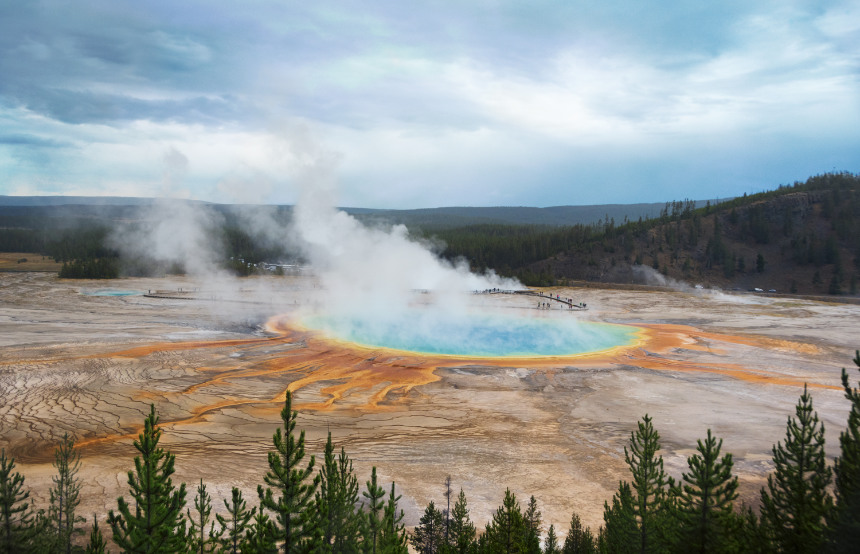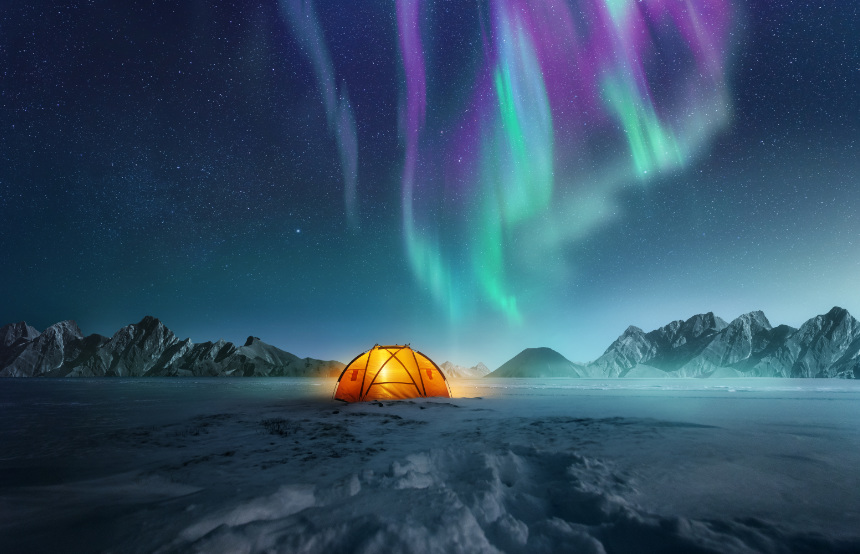Celebrating and commemorating incredible feats of human imagination and engineering, the original Seven Wonders of the World have been well-documented throughout history in travel guides, poetry and artwork. However, only one remains; the Great Pyramids of Giza which stand tall and proud at on the west bank of the Nile River and date all the way back to 2561 BCE. Consequently, the compilation of a more modern iteration of this list was initiated in the year 2000, with each of the ‘New Wonders of the World’ still firmly intact and begging to be added to your bucket list. While all of these monuments have certainly earned this accolade, the sheer abundance of wonder that exists in the world is difficult to restrict to just one list and a catalogue of ‘Natural Wonders of the World’ has since joined the rankings. Wondering where to start when it comes to compiling your bucket list? We’re here to help, with some classic contenders and more unusual (yet equally wonderful) offerings.
- Machu Picchu
- Chichén Itzá
- The Great Pyramid of Giza
- Yellowstone National Park
- Galapagos Islands
- Northern Lights
- Great Wildebeest Migration
1
Machu Picchu, Peru
The ancient Incan citadel is Peru’s stunning centrepiece and a worthy Wonder of the World. Over a million visitors make the trek to Machu Picchu annually, along either the ancient and iconic Inca Trail from Cusco or via the lesser-known Salkantay route. The settlement’s intriguing history and soul-stirring archaeology make this a must-see and an obvious addition to every traveller’s bucket-list.
2
Chichén Itzá, Mexico
Another ancient city for the list, Chichén Itzá is located in the Yucatan Peninsula in Mexico, near Valladolid. Built by the Mayans between 600-750 AD, the stepped pyramid of El Castillo (‘The Castle’) is the most well-known of the monuments and is a testament to the civilisation’s extraordinary engineering ability. Tour the various complexes to discover different architectural styles reflecting different periods of development.
3
The Great Pyramid of Giza, Egypt
The last remaining of the original Seven Wonders of the World, the Great Pyramid of Giza was the tallest manmade structure in the world for almost 4,000 years. Located on the outskirts of Cairo and serving as the tomb of pharaoh Khufu from the fourth century, the pyramid reflects the grandeur of ancient Egypt and is a must-visit for any avid historian.
4
Yellowstone National Park, USA
Heading off-piste from the original list, our next bucket list suggestion may not be one of the official ‘Wonders of the World’ but certainly wouldn’t look out of place among them. Celebrating its 150th anniversary in 2022, Yellowstone is the world’s first national park and one of the last untamed landscapes in the American West. Its geyser basin and hydrothermal features are especially spectacular, with the famed Old Faithful erupting like clockwork every 90 minutes.

5
Galapagos Islands, Ecuador
This archipelago of 18 volcanic islands has been described by Darwin as ‘a little world within itself’, thanks to its extraordinary biodiversity which served as the inspiration for his ground-breaking theory of evolution. The wildlife here certainly steals the limelight; look out for lumbering giant tortoises, sleepy sea lions and salt-encrusted marine iguanas, as well as blue-footed boobies and crimson-chested frigatebirds.
6
Northern Lights, Swedish Lapland
Widely regarded as one of the most extraordinary sights on the planet, Swedish Lapland is one of the best places to catch a glimpse of the elusive Aurora Borealis. Watch dancing beams of colourful light illuminate the sky above the snow-dusted expanse and there will be no doubt in your mind that you’re witnessing something truly wondrous. As a natural phenomenon, the Northern Lights are notoriously unpredictable, however the months of February and March are generally considered to be the optimum time to see them.

7
Great Wildebeest Migration, Tanzania and Kenya
Rounding off the list with another experiential wonder, the Great Wildebeest Migration sees over a million wildebeest crossing the Serengeti and Maasai Mara on an epic 1,000-mile journey. The mighty spectacle is best witnessed between July and October, although the migration doesn’t operate on a strict schedule.
Written by Luisa Watts













